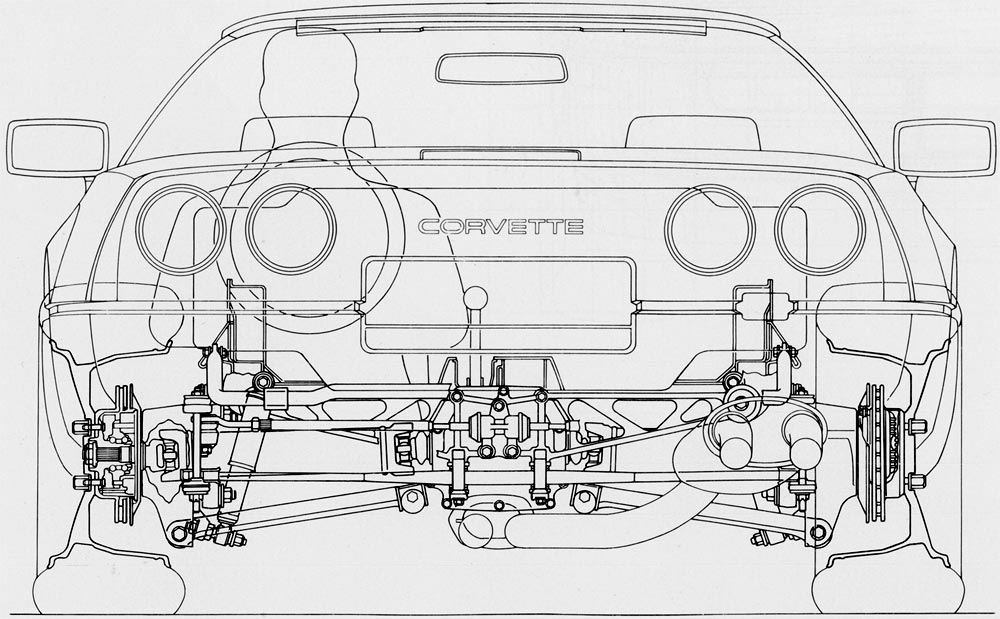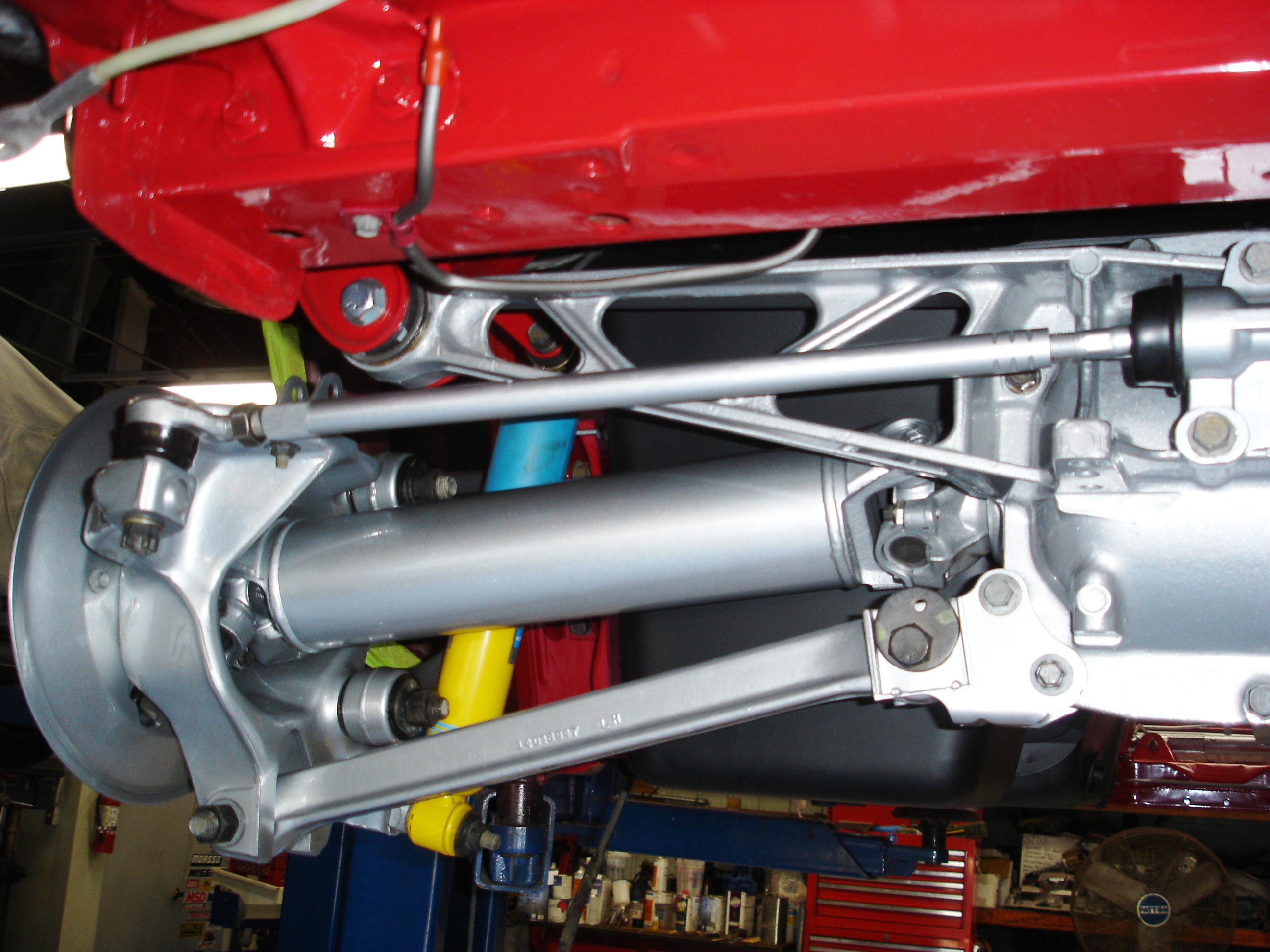Cheynut,
Thanks but that's Don's @ FOE Diffy setup down in Orange CA. He's behind on the website updates, I've already teased him too much about it.
Since we're on the rear suspension, there's a nagging item that's bugged me for many years, re the rear Toe-in assembly. And before I get into this, I did recently look over some other rear IRS toe in setups, and their definitely shorter rods
My question is
Why aren't the inner Toe-in Pivots in line with the inner camber Pivots ??
Guess I'll need to check the Toe-in change when the rear spindles are moved from min to max....
Michael...





 Reply With Quote
Reply With Quote



 I got one prototype from my laser guy to test.
I got one prototype from my laser guy to test.




